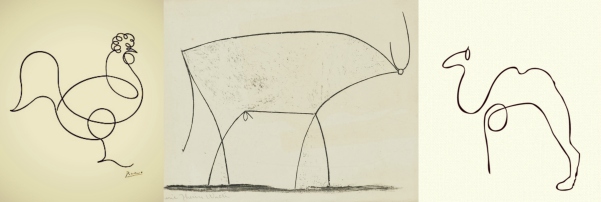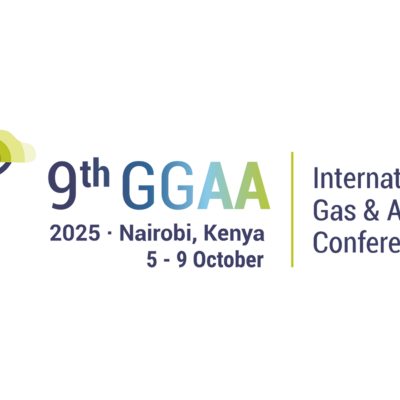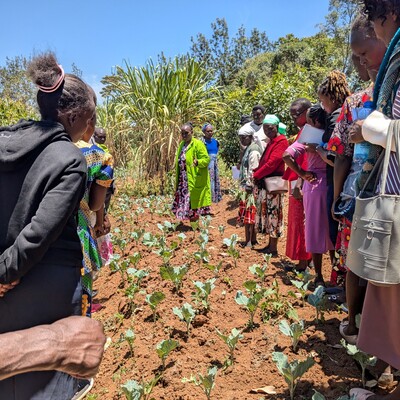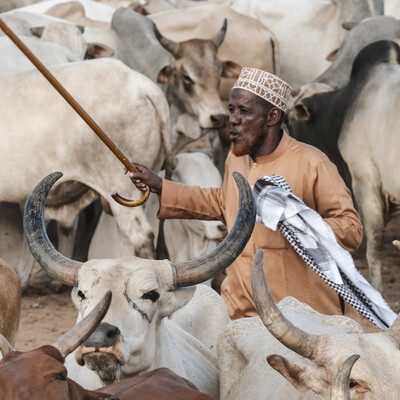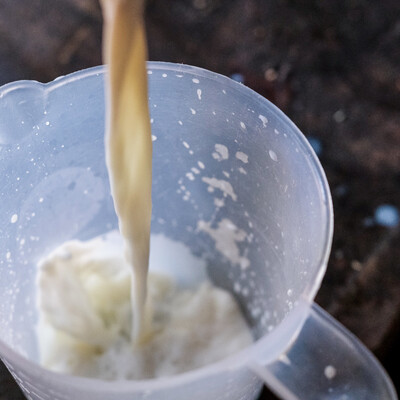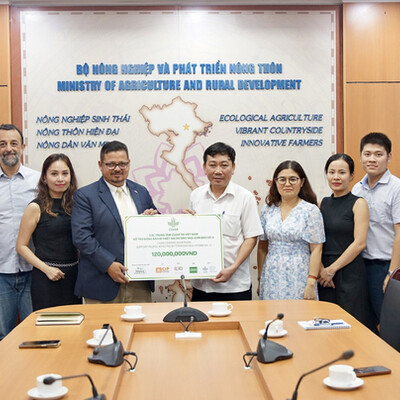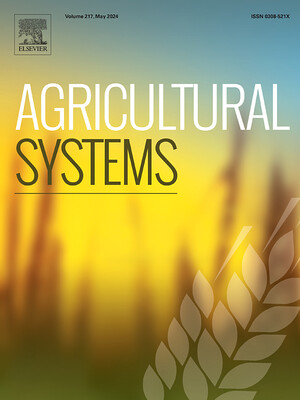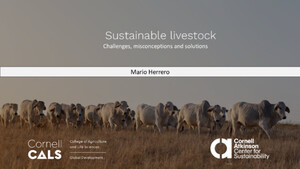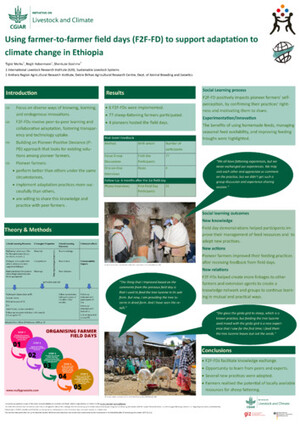
Avoiding meat and dairy is ‘the single biggest way’ to harm poor livestock herders
Pablo Picasso line drawings of a chicken, bull and camel.
Below are excerpts of a response to a new livestock report made by Ilse Köhler-Rollefson, a German veterinarian and researcher who is an expert on camels and camel herding societies, particularly the Raika camel herders of Rajasthan, India. Köhler-Rollefson is associated with LIFE Network, whose members work with livestock keeping communities on the ground, and with the League for Pastoral Peoples and Endogenous Livestock Development and the Lokhit Pashu-Palak Sansthan, a local organisation in Rajasthan. She also advises international organizations, such as the Food and Agriculture Organization of the United Nations, the German development organization GIZ, and the World Bank, on livestock matters.
‘An article entitled Reducing food’s environmental impacts through producers and consumers just published in Science magazine and widely broadcasted by The Guardian and The Independent newspapers is making some startling claims. For this monumental meta-study, the authors J. Poore and T. Nemecek . . . conclusion is that even the most benignly produced meat and dairy products have a far worse environmental impact than plant foods: . . . “[M]eat, aquaculture, eggs, and dairy use ~83% of the world’s farmland and contribute 56 to 58% of food’s different emissions, despite providing only 37% of our protein and 18% of our calories” and recommend that “avoiding meat and dairy is the ‘single biggest way’ to reduce your impact on Earth”.
‘While the attention to the environmental impact of agriculture and food production is welcome, the conclusions are over-simplified, misleading in some aspects and very Western-centric.
‘This starts with the data that overwhelmingly derive from North America, Brazil, Europe, China and Australia. . . .
‘Emphasizing that livestock provides just 18% of calories is totally misleading, since livestock is not kept to provide calories but to convert low quality feed into high quality proteins with essential amino acids that can not be sourced from plants.
It’s akin to saying there are 50 times more cars than trucks in the world but they only transport less than 2% of the goods.
‘Then there is the statement that livestock takes up 83% of farmland. The term “takes up” conjures up a situation where this land is exclusively used by livestock and not used for anything else. In reality, crops and livestock are largely integrated, as they should be. In addition, large parts of the world are non-arable—they are too dry, too steep, too cold, too hot to be able to be cultivated—but they can still used for food production by means of herding livestock. Statistically these areas are classified as “permanent pastures” and are more than double the size than arable land. So its only logical that livestock can be found over a much larger part of the world than crops.
‘Most remarkably, the authors come to the conclusion that “without meat and dairy consumption, global farmland use could be reduced by more than 75%—an area equivalent to the US, China, European Union and Australia combined—and still feed the world.”
‘To achieve a reduction of such magnitude, we would have to stop raising livestock in the non-arable areas mentioned. Neither the authors of the study nor the journalists seem to be aware that if you remove livestock from these regions, which include the vast drylands of Africa and Asia, as well as mountainous areas in Asia and parts of Latin America, the local populations will lose their livelihoods. . . .
If they are to stop livestock production, they will either starve or have to vacate the area. Thus such a blanket advisory to stop eating meat and dairy is an irresponsible recipe for disaster in already impoverished parts of the world and for people for whom livestock represents a much better survival option during the frequent droughts than growing of crops.
‘Yes, the world as a whole needs to drastically reduce its consumption of livestock products, and every vegan or vegetarian in the Global North, Brazil and China is welcome.’
But nobody can extend that recommendation to the people whose livelihoods depend on livestock in the semi-arid and arid parts of the world! . . .
Read the whole of this article by Ilse Köhler-Rollefson on her blog, Livestock Futures: Vegetarianism/veganism not an option for people living in non-arable areas!, 4 Jun 2018.
More reading for those interested in perspectives on sustainable livestock from the developing as well as developed worlds
Why milk, meat & eggs can make a gig difference to world’s most nutritionally vulnerable people, Silvia Alonso, Inter Press Service News Agency, 1 Jun 2018. And the research report is described here: Meat, milk, eggs can make a big difference in the first 1,000 days of life in low-income countries—New report, ILRI news release, 4 Jun 2018.
More fuel for the food/feed debate, FAO News report
New FAO Study indicates that livestock primarily consume foods not fit for human consumption and meat production requires less cereals than generally reported. And here is the paper that article was based on: Livestock: On our plates or eating at our table? A new analysis of the feed/food debate, Anne Mottet et al., Global Food Security, Sep 2017.
Can livestock production meet the growing demand for meat in developing countries? Louise Fresco, Borlaug Blog, Oct 2017.
‘The short answer is yes. Livestock production cannot only meet the growing demand for animal proteins, but we absolutely need livestock to use the planet in a sustainable and healthy way. . . .’
A key component to ending poverty and hunger in developing countries? Livestock, Steve Staal, Los Angeles Times, Jul 2017.
Should we all be vegetarian?, Jimmy Smith, BBC World Service, Apr 2017.
Shirley Tarawali: Five fast facts about meat & the environment, Farming First, Dec 2016.
1. Meat and milk are produced in vastly different ways around the world.
2. Livestock and animal-source foods can be both good for the environment and ‘climate-smart’.
3. Eating a moderate amount of meat, milk and eggs can be good for our health.
4. Livestock production is mostly locally produced, not part of a vast global value chain.
5. Livestock and crop growing depend on one another.
To end poverty without wrecking the environment, put people first—New series by Nathanael Johnson, ILRI Clippings blog, Dec 2016.
Let’s ‘meat’ in the middle on climate change, Polly Erickson, EURATIV, Nov 2016.
Animals must play a part in meeting Paris climate goals, Polly Erickson, Thomson Reuters Foundation News, Nov 2016.
Veganism is not the key to sustainable development—Natural resources are vital, Jimmy smith, The Guardian, Aug 2016.
No one dietary choice is the answer to sustainable development—ILRI in The Guardian, ILRI News blog, Aug 2016.
Livestock can significantly reduce greenhouse gases AND deliver benefits to the poor–Nature Climate Change, ILRI News blog, Mar 2016.
The meat we eat, the lives we lift, Jimmy Smith, The Economist, Feb 2013.
Consider the ongoing debate over the proper role of meat in our diets. Rarely in this discussion is a clear distinction drawn between the relatively rich people who make poor food choices (including over-consuming red meat and other rich foods) and the many poor people who basically have no food choices at all.
As livestock eat, so they emit: Highly variable diets drive highly variable climate change ‘hoofprints’–BIG new study, ILRI News blog, Dec 2013.
Biomass use, production, feed efficiencies, and greenhouse gas emissions from global livestock systems, Mario Herrero et al., Proceedings of the National Academy of Sciences, Dec 2013.
More livestock opinion pieces are posted on this Pinterest Board.






